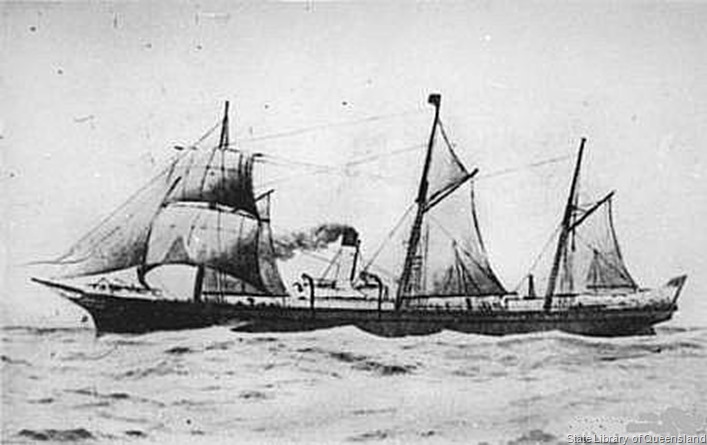| In a previous post we covered a devestating East Coast Low that formed off the coast in 1974 named the Sygna Storm” Named after the 53,000-tonne Norwegian bulk carrier Sygna that went aground near Newcastle.. |
| The first amazing shot shows the wall of water reaching higher than a telegraph post smashing on the reef that lays just in front of the wall. Richard Quinn … “The photograph was also taken looking down from the quarter deck aprox 50 ft above sea level, so it’s anyones guess how big the sea was”… |
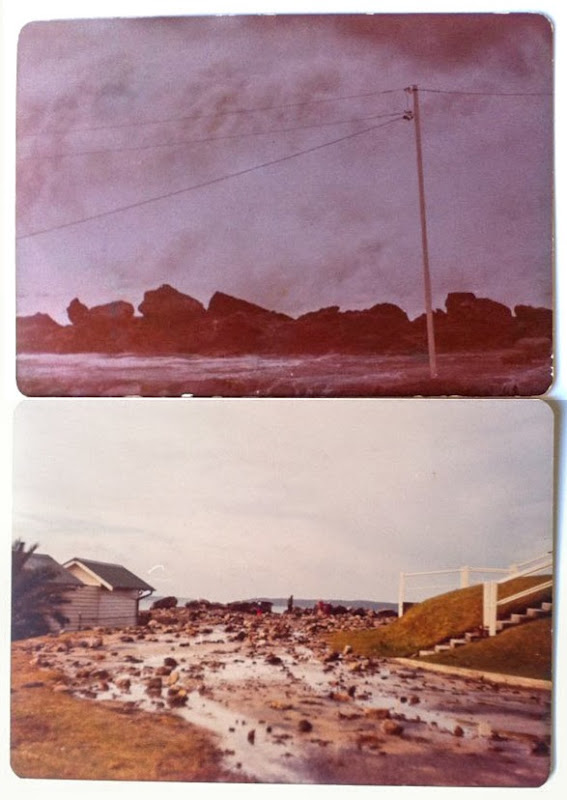 |
| The photograph above show us the aftermath of the waves intrusion. The photograph is very similar to the recent photographs of the June storm damage to the base sent to us by Paul Newman. |
| Thank you Russ for sending us these incredible photographs. |
30 June 2016
East Coast Low - 1974
Huskisson - brisk winter morning
29 June 2016
Cape St George Light House
http://jervisbaymaritimemuseum.blogspot.com.au/
| The vegetation that usually obscures your view of the ruins from where this photograph was taken was totally burnt out in 2006 as bush fires ravaged Booderie National Park, the charcoal rendered coastal heath yeilds a rare view of the ruins. |
 |
| Click Here - Further reading about this once magnificent lighthouse and the controversy surrounding it’s location. |
 |
Whale Tail–Wreck Bay
27 June 2016
Old buildings of Huskisson.
Museum Artifacts.
| Here are just a few glimpses of some of the items in the museum’s collection that aren’t on display at the moment. |
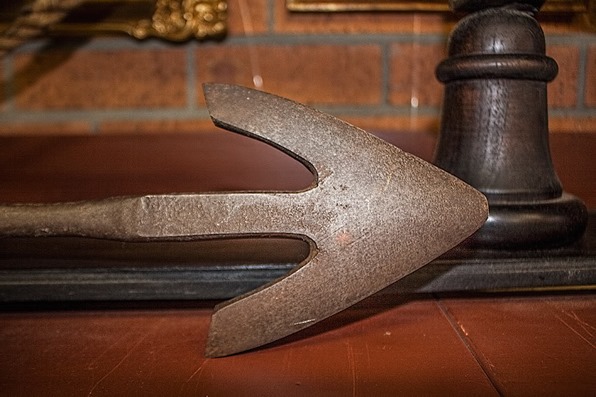 Head of a whale harpoon, launched from a harpoon gun. Head of a whale harpoon, launched from a harpoon gun. |
 Detail of the the firing mechanism of a hand held rifle used to launch small harpoons. |
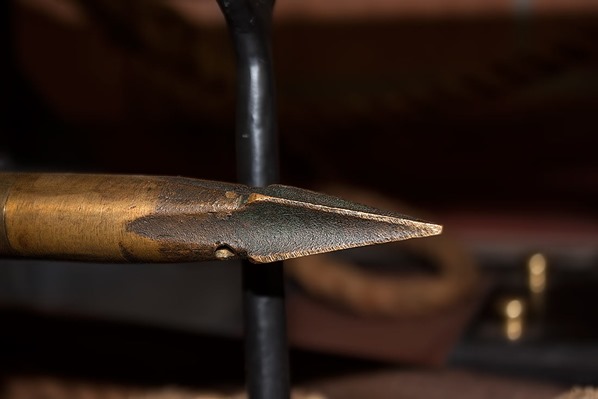 |
| Tip of the bomb lance from the gun above. |
 |
| Flight from the bomb lance above. |
 The gun is very heavy and I should imagine would produce quite a kick on firing. The gun is very heavy and I should imagine would produce quite a kick on firing. |
|
Bomb lances were introduced with shoulder guns to solve the problem of getting close enough to a whale to lance it, particularly in ice fields, and eliminate the often hazardous hand lancing operation. |
24 June 2016
S.S. Koonya - seeking shelter in Jervis Bay.
23 June 2016
Owen Street Huskisson. 1916
21 June 2016
20 June 2016
Notorious
| ||||||
| Graeme and Felicite kindly gave us permission to use their video and you can follow their adventures here. https://www.facebook.com/notorioustheship/ | ||||||
| South East Point lies on the southerly tip of Wilsons Promontory, Victoria, Australia. It commands sensational views of Bass Strait and is a major landmark for all ships travelling between the southern Australian ports (Melbourne, Adelaide, Perth) and the Pacific Ocean. South East Point is the site of the Wilsons Promontory Lighthouse. | ||||||
 | ||||||
| . | ||||||
 |
17 June 2016
Lady Denman Ferry
The Maritime Museum.
Hull Patina
14 June 2016
Old houses of Shoalhaven
| Heading south along the highway you will see this old building situated next to the highway near Wandandian. It was used as a post office and was built around 1937. |
 |
| Directly behind the building above and adjoined to the same property is this wonderful old house built around 1908. Sitting on timber stumps and in need of repair. Both property’s are for sale, hopefully somone will see the value in preservation and not demolition. |
 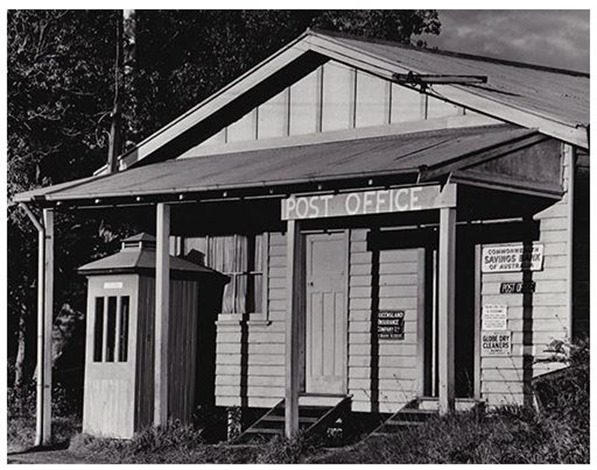 Wonderful photo of the Wandandian Post Office while still in operation taken by Don Gazzard http://www.dongazzard.com/ Wonderful photo of the Wandandian Post Office while still in operation taken by Don Gazzard http://www.dongazzard.com/ |
 |
10 June 2016
The age of Steam and Sail.
| There was a period in maritime history when steam driven vessels and sailing vessels were in a state of transition. Sail had been the only means by which large loads of cargo and people could be transported from place to place relativly easily and cheaply. Ian Henson's painting of the Sophia Jane loading Wool at the wharf near South Huskisson, this painting can be seen at the Jervis Bay Maritime Museum. |
| Another paddle wheel (sail) steamer to operate along the south coast was the 117 ton wooden paddle steamer, P.S. Mynora. She went ashore in 1864 just south of Jervis Bay on the beautiful “Steamers Beach”, which is named after her. |
| By the 1860’s compound steam engines were introduced and the paddle wheel was replaced by screw propellar propulsion. A drive shaft went directly to the stern driving propellars. This development meant steam vessels could travel greater distances more efficently. Sail was still relied upon to cut running costs and could still be more efficient in the right conditions. |
 |
 |





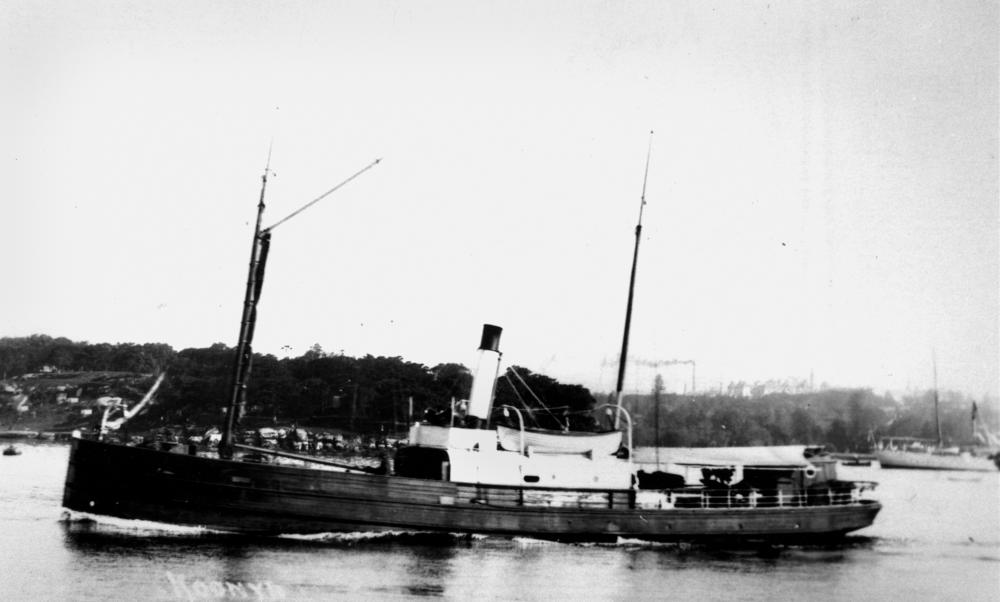









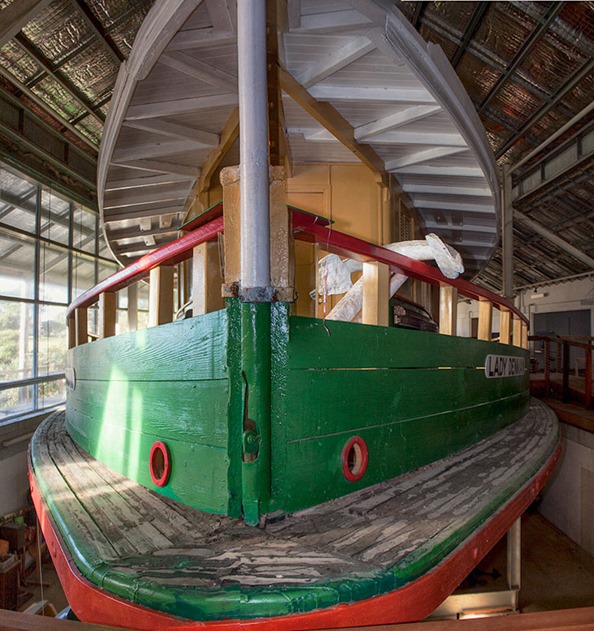





![[paintingbeIanHenson3.jpg]](http://lh3.googleusercontent.com/-4DN_gldOr5c/VRT5XTlTZEI/AAAAAAAAIu0/zHcfuGIHP0Q/s1600/paintingbeIanHenson3.jpg)

